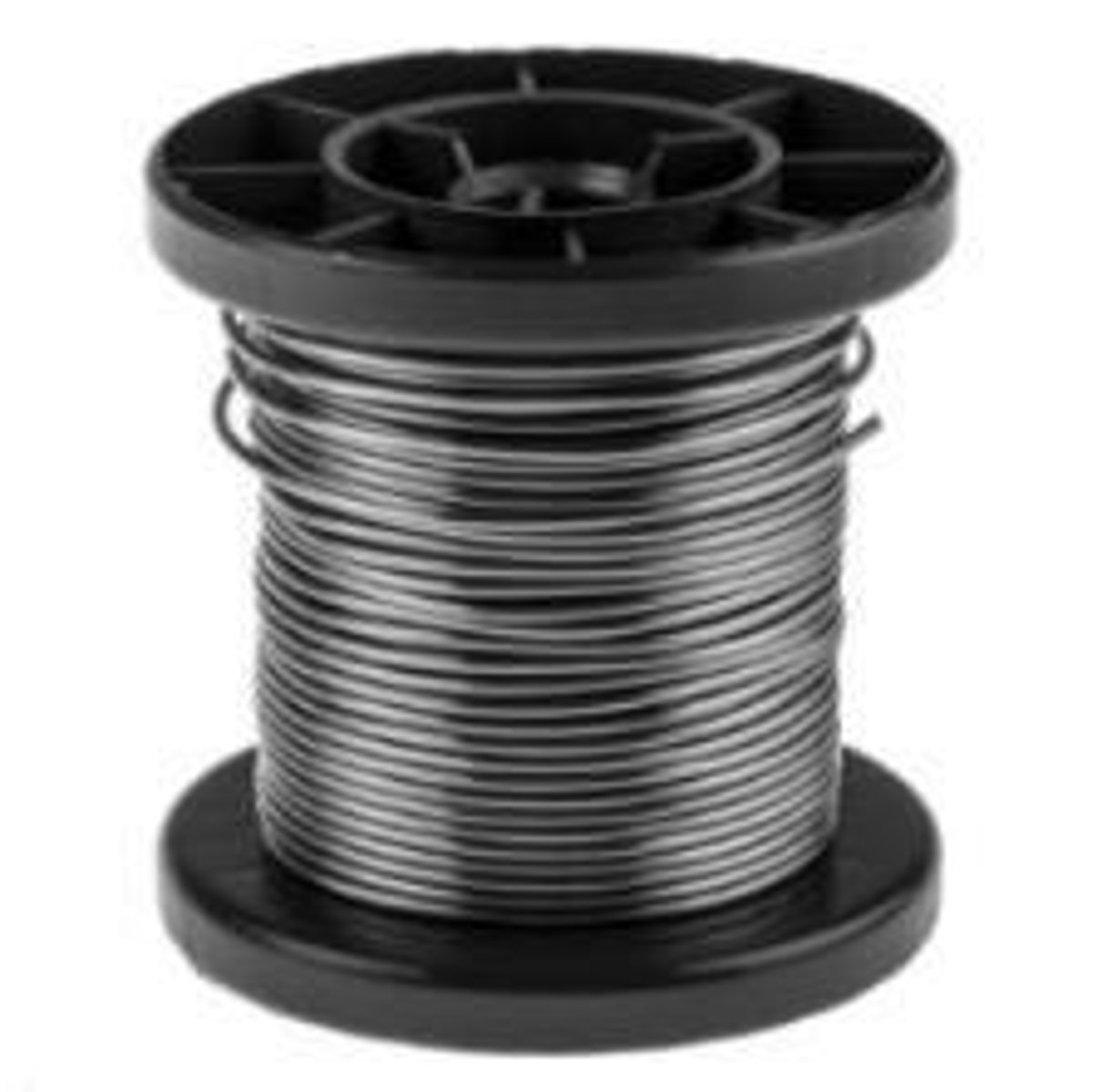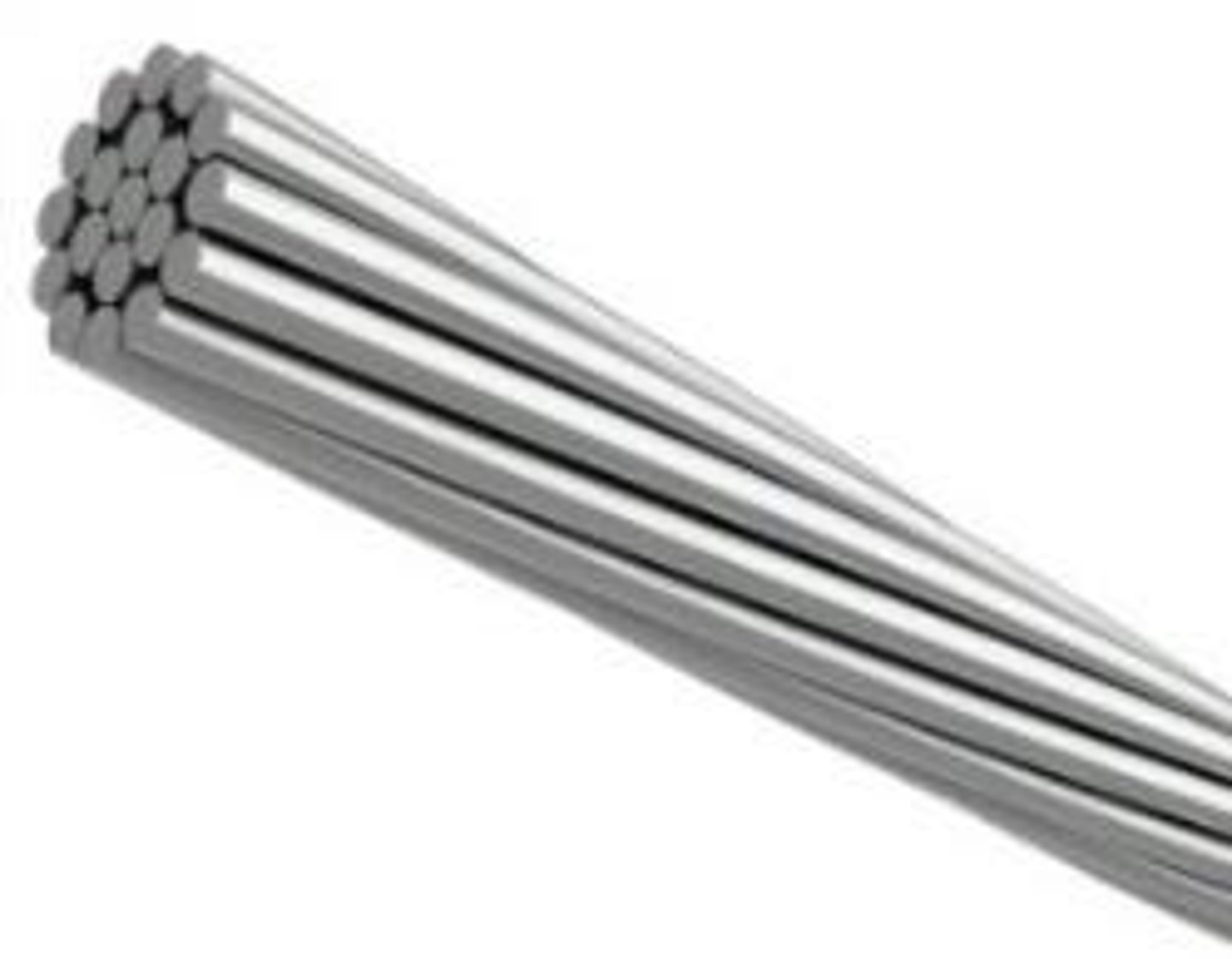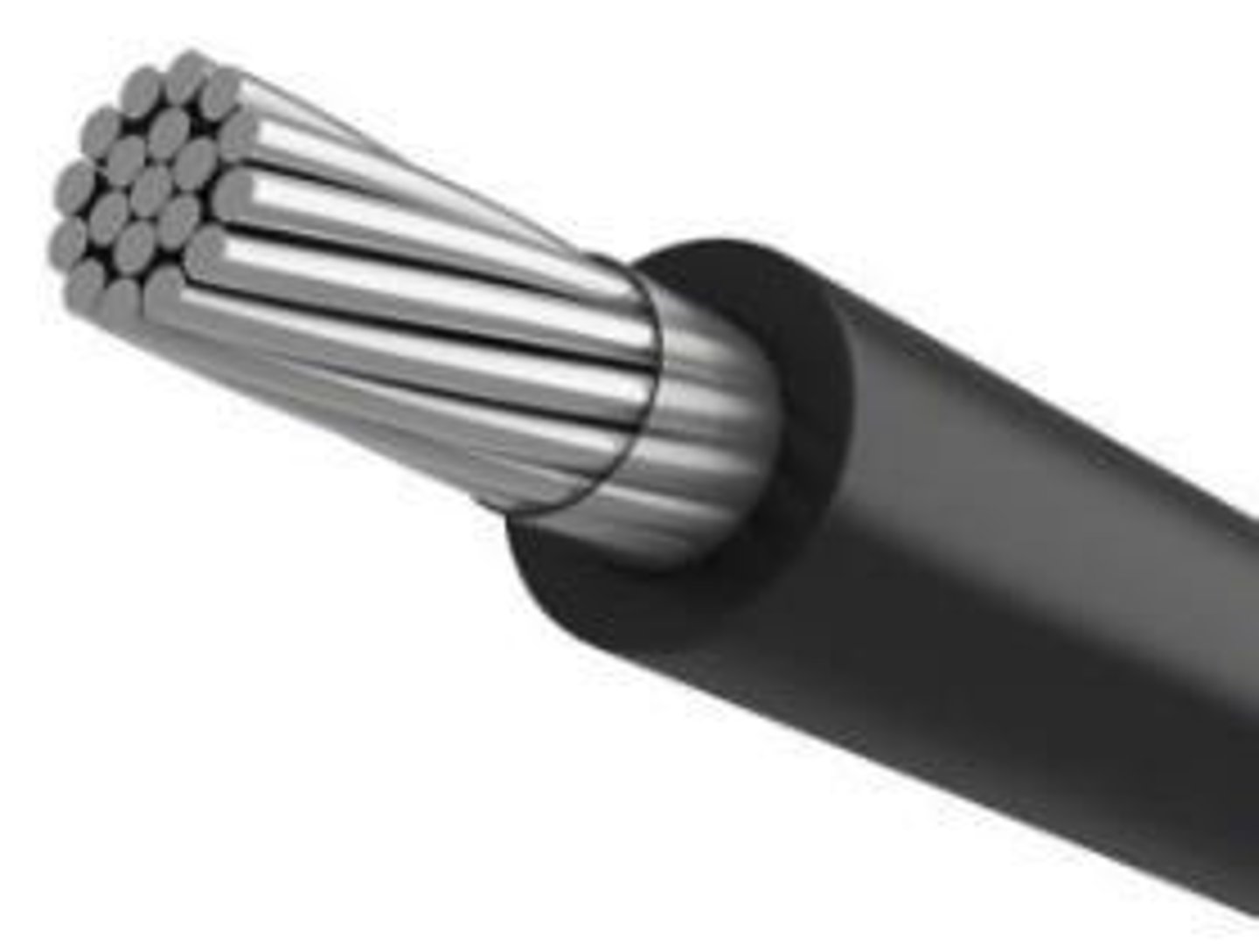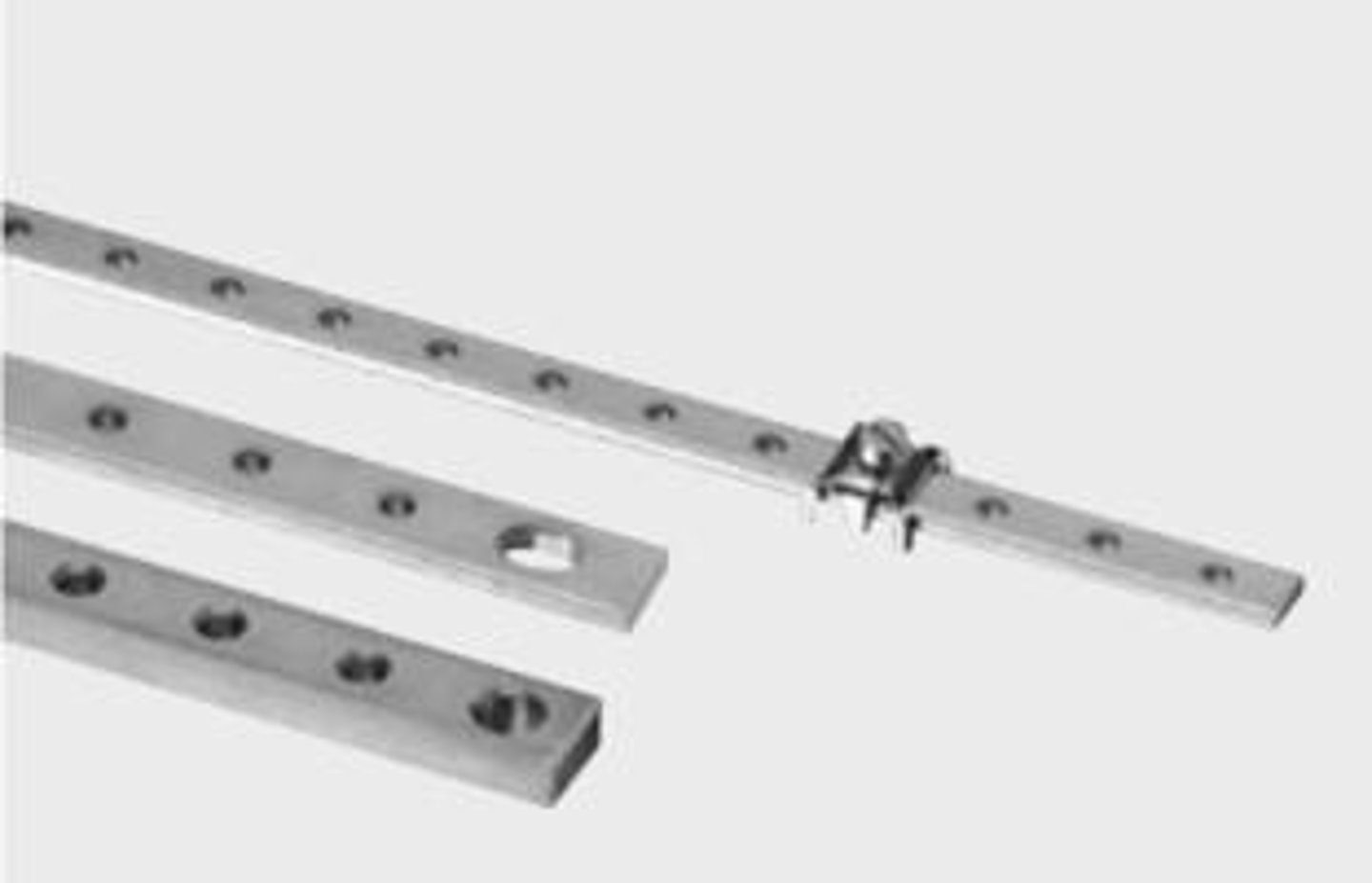Module 2 : Electrical Conductors and Insulators
1/83
There's no tags or description
Looks like no tags are added yet.
Name | Mastery | Learn | Test | Matching | Spaced |
|---|
No study sessions yet.
84 Terms
Electrical Conductors
Substances with high conductivity, which have very mobile electrons, are called conductors.
Insulators
Substances with low conductivity are called insulators.
Silver
A metal commonly used as an electrical conductor.

Copper
A metal commonly used as an electrical conductor.

Zinc
A metal commonly used as an electrical conductor.
Aluminum
A metal commonly used as an electrical conductor.

Nickel
A metal commonly used as an electrical conductor.
Brass
A metal commonly used as an electrical conductor.
Platinum
A metal commonly used as an electrical conductor.
Iron
A metal commonly used as an electrical conductor.
Tin
A metal commonly used as an electrical conductor.
Lead
A metal commonly used as an electrical conductor.
Class A Insulation
Consists of cotton, silk, paper and materials of paper composition impregnated or immersed in an insulating filler, phenolic resin, or similar resins.
Class B Insulation
Consists of mica, asbestos, or fiberglass; all with a binder.
Class C Insulation
Consists entirely of mica, porcelain, glass, quartz, or similar materials.
Class O Insulation
Consists of cotton, silk, paper, or similar materials that are not impregnated or immersed in an insulating liquid.
Bare Conductor
A conductor having no covering or insulation.
Covered Conductor
Encased within a material of composition and thickness not recognized by code.
Insulated Conductor
Encased within a material of composition and thickness recognized by code.
AWG
American Wire Gauge, preceded by a number which indicates the size of the wire.
MCM
Thousand Circular Mil, M being the Roman numeral for thousand.
Solid Wire
Also known as solid-core or single-strand wire, consists of a one piece of wire on its entire cross section.
Stranded Wire
Wire that consists of multiple strands twisted together, providing more flexibility than solid wire.
Flexibility of Solid Wire
Solid wire has less flexibility than stranded wire.
Historical Note on Wire
The use of wire can be traced as far back as 3,000 B.C., when metal was hammered into sheets, then cut into strips.
Wire Drawing Process
A method characterized by having metal drawn into a series of holes on a drawplate or dies of varying diameters.
Ichabod Crane
An American who introduced the use of a waterwheel as a manufacturing process for wire drawing in 1831.
Stranded Wire
Consists of a group of wires twisted to form metallic.
Insulating Materials
Examples include Rubber, Porcelain, Varnish, Slate, Glass, Mica, Latex, Asbestos, Thermoplastic, Oil, Wax, Dry air, Paper, Silk, and Wood.
Conductors
Materials that allow the flow of electric current, such as Silver, Copper, Aluminum, and Brass.
Insulators
Materials that resist the flow of electric current, such as Rubber, Porcelain, and Slate.
Cables
Electrical conductors larger than wires, typically consisting of two or more wires assembled in a single jacket.
AWG
American Wire Gauge, a U.S. standard set of non-ferrous wire conductor sizes where 'gauge' means the diameter.
Busbar
A rigid electric conductor, usually a metal bar, hollow tube, or rod, which forms a connection between electric circuits.

Properties of Copper
Ductile, malleable, and an excellent conductor of heat and energy; harder than zinc and softer than iron.
Properties of Aluminum
Produced by the formation of many metals, such as feldspar, mica, alum, cryolite, clay, and bauxite.
Resistance Calculation
The resistance of a conductor can be calculated using its resistivity, length, and cross-sectional area.
Circular Mil Area
The total circular mil area is found by multiplying the circular mil area of each strand by the total number of strands.
Number 6 AWG
A size designation for cables, indicating a specific diameter and current-carrying capacity.
Number 10 AWG
A wire size with a diameter of 2.59 mm.
Diameter in CM
The diameter of a wire can be determined in Circular Mils (CM) based on its cross-sectional area.
Cross-sectional Area
The area of a wire's cross-section, which affects its resistance and current-carrying capacity.
Length Reduction
The actual length of a cable may be reduced by 5% of its original length due to twisting of the strands during installation.
Resistance of Copper Conductor
Determined by its resistivity rating and physical dimensions.
Cable Size Designation
Cables are designated by their AWG size, with larger sizes indicating larger diameters.
Electrical Conductors
Wires are electrical conductors which are 8 mm2 (No. 8 AWG) or smaller.
Good Conductors
Materials like Silver and Copper that have high conductivity.
Fair Conductors
Materials like Charcoal and Coke that have moderate conductivity.
Partial Insulators
Materials like Dry Paper and Cotton that have limited insulating properties.
Living Substances
Materials such as Vegetable Substances that can act as insulators.
Moist Earth
Can act as a conductor under certain conditions.
Seawater
A good conductor due to its salt content.
Saline Solutions
Conductive solutions due to dissolved salts.
Graphite
A form of carbon that acts as a conductor.
Lignum Vitae
A dense wood that can act as an insulator.
Ebonite
A hard rubber that is a good insulator.
Circular Mil (CM)
Unit of measuring cross-section size in American Wire Gauge (AWG).
Mil
One-thousandth of an inch (0.001 in.).
Area in CM
Calculated as (diameter in mils)².
Conversion Factor for Square Mil
Square mil = square inch x 0.000001.
Conversion Factor for Square Inch
Square inch = square mil x 1,000,000.
Conversion Factor for Circular Mil
Circular mil = square mils x 1,273.
Millimeter Conversion
Millimeter = inches x 25.4.
Square mm Conversion
Square mm = circular mils x 0.0005067.
Square Mil
The area of a square having its side equal to 1 mil.
Square Mil (SM)
Calculated as 0.7854 x Circular Mils.
Properties of Conductors
Includes characteristics such as size, area, and allowable ampacities.
Allowable Ampacities of Insulated Copper Conductors
Varies based on size and temperature ratings.
Minimum Size of Conductors based on Voltage Rating
Specifies minimum conductor sizes for different voltage ratings.
Moisture-Resistant Thermoplastic
Used in locations that require moisture resistance.
Heat-Resistant Rubber
Rubber that can withstand high temperatures, typically rated at 75°C.
Dry Locations
Areas where moisture is not a concern for electrical installations.
Wet Locations
Areas where moisture may be present and special considerations are needed for electrical installations.
Thermoplastic
A type of plastic that becomes moldable upon heating and solidifies upon cooling.
Varnished Cambric
A type of insulation material used in electrical wiring.
Mineral Insulation (Metal-Sheathed)
Insulation that provides protection against heat and moisture.
Asbestos
A material historically used for insulation but now largely phased out due to health risks.
Cross-Linked Polyethylene
A type of plastic used for insulation that offers enhanced thermal and chemical resistance.
Number of Wires in a Conduit
Determined by the size of the wire and the conduit used.
Insulated Conductor
A conductor that is covered with a non-conductive material to prevent electrical leakage.
Electrical Resistance
The opposition to the flow of electric current, which increases with thinner wires.
Gauge Number
Indicates the diameter of the wire; a higher gauge number means a smaller diameter.
Ampacity
The maximum amount of electric current a conductor or device can carry before sustaining immediate or progressive deterioration.
Diameter in Mils
The measurement of the wire's diameter in mils, where 1 mil = 0.001 inches.